This article was co-authored by Zora Degrandpre, ND. Dr. Zora Degrandpre is a Natural Health Doctor and Licensed Naturopathic Physician in Vancouver, Washington. She is a grant reviewer for the National Institutes of Health and the National Center for Complementary and Alternative Medicine. She received her ND from the National College of Natural Medicine in 2007.
There are 26 references cited in this article, which can be found at the bottom of the page.
This article has been viewed 132,291 times.
Teeth are a multi-layered hardened tissue buried in the gums. Once the dental enamel and dentin (the outermost and second layer of tooth structure) become affected by tooth decay, caused by the proliferation of bacteria on and between the teeth, a cavity or hole begins to form. Once that happens, most dental professionals agree that professional treatment (by filling the cavity) is the only effective approach.[1] However, there is some anecdotal evidence that dental cavities can be potentially improved through home remedies such as dietary changes. Most importantly, proper oral hygiene and regular dental care can prevent most cavities in the first place.[2]
Steps
Healing Your Cavities Naturally
-
1Get more vitamin D. Long known to be beneficial for general bone health, vitamin D boosts your calcium metabolism and helps your body produce cathelicidin, which is an antimicrobial peptide that attacks the bacteria known to cause dental cavities.[3]
- Vitamin D is a fat-soluble vitamin that is not easily available through your diet, although fatty fish (like salmon, mackerel and tuna) are an excellent source of the vitamin. Instead, get plenty of sunshine (though you can't wear sunscreen and still metabolize vitamin D so limit your time to a maximum of 15-30 minutes a session). During the winter months, when sun exposure may be less available to you, you can also take vitamin D supplements.[4]
-
2Consume more foods that contain vitamin K2. Vitamin K2 is a naturally occurring compound similar to vitamin K that is integral in the development of facial bones, including the teeth. As it is generally lacking in modern diets, making a concerted effort to increase your intake may help heal your cavities naturally. Vitamin K2 is typically found in fermented foods and animal products such as:[5]
- Animal (especially crab and lobster) innards
- Skate liver oil
- Bone marrow
Advertisement -
3Try fermented cod liver oil to get those fatty vitamins. Some studies suggest that cavities occur in part due to a lack of fatty vitamins (vitamins A, D, and K) in modern diets. The fact that this fish oil is fermented, rather than distilled, means that it is still chock-full of vitamins D and A, both integral to the remineralization of your teeth.
- If you can't get or don't want to try fermented cod liver oil, you can add more vitamin A to your diet by eating large amounts of chicken liver or goat cheese, or drinking whole milk. Keep in mind that it will take 2 ounces (57 g) of liver, 17 ounces (480 g) of goat cheese, and 2 gallons (7.6 L) of milk to equal just 1 teaspoon (4.9 mL) of fermented cod liver oil.
- Likewise, you can add more vitamin D to your diet by eating large amounts of salmon, eggs, and again, drinking whole milk. To equal the amount of vitamin D in 1 teaspoon (4.9 mL) of fermented cod liver oil, you'll need to eat 18 ounces (510 g) of salmon, 5 dozen eggs, and 21 gallons (79 L) of whole milk.
-
4Consume foods high in calcium. Calcium helps strengthen teeth, so increase your calcium servings. The easiest way to do that is to consume more dairy products, like milk, cheese, and yogurt. Calcium can help remineralize your teeth.[6]
- If you can, try eating cheese. Cheese helps stimulate saliva, which in turn restores minerals to the teeth and washes away remaining food particles.
-
5Use mineralizing toothpaste. You can buy fluoride-free toothpastes that can also help remineralize the teeth and make them stronger. Note that these toothpastes may be more expensive than your usual brand.[7]
- You can also make your own mineralizing toothpaste if you want to save some money. Combine 4 tablespoons (59 mL) of coconut oil, 2 tablespoons (29 g) of baking soda, 1 tablespoon (13.4 g) of xylitol (or a pinch of stevia), 20 drops of peppermint oil, and 20 drops of trace minerals or calcium/magnesium powder.
-
6Monitor the healing process. When you have a cavity, bacteria and acid will stain your tooth. Variation in color indicates the extent of the damage; a darker color means a larger cavity. When you are working to heal a cavity, check back and see if you notice a change in tooth color.
- In addition, consider the sensation of pain. If the pain seems to be changing from a long-lasting, throbbing pain to a more incidental pain or sensitivity to hot and cold foods, the cavity may be improving. However, if the pain intensifies, you should consult your dentists for treatment.
- Note any food impaction. When a tooth fractures, food can get stuck inside the cavity. This creates a wedging effect and causes discomfort and sensitivity. In addition, it can greatly impair the healing process.
- Watch for fractures. Depending on the size of your original cavity, your cavity-filled tooth may be significantly weaker than a normal, healthy one. If you are opting not to get dental treatment, be especially aware of this.
Preventing Cavities Naturally
-
1Brush your teeth regularly. You should brush your teeth at least twice a day. Ideally, you should brush your teeth 30 minutes after eating and after drinking anything other than water. Keep the toothbrush at a 45° angle to your gums and gently move the toothbrush back and forth in short strokes. Make sure you brush the inner, outer and chewing surfaces of the teeth.
- Don’t forget to brush your tongue, as the tongue can also carry bacteria and food particles.[8]
- Use a soft toothbrush. Your teeth can be damaged by brushing too hard or using toothbrushes with hard bristles. You should replace your toothbrush every 3 to 4 months.
- Leave the toothpaste in your mouth without rinsing. Spit out the extra foam, but don’t rinse your mouth out with water. You want to give the minerals in the toothpaste some time to be absorbed onto your teeth.
- If your teeth are sensitive, use a toothpaste for sensitive teeth—these can help reduce gum inflammation as well.[9]
-
2Floss your teeth daily. Using about 18 inches (46 cm) of floss, wind most of the floss around the middle finger of one hand and the rest around the middle finger of the other hand. Hold on to the floss firmly between your thumb and your forefinger. Gently guide the floss between ALL your teeth using a gentle back and forth motion. Be sure to curve the floss around the bottom of each tooth. Once the floss is between the teeth, use an up-and-down motion (gently!) to rub each side of each tooth. When you are done with 1 tooth, unwind more floss and move on to the next tooth.[10]
- If you're uncertain about the proper flossing technique, you can watch a video produced by the American Dental Association.
-
3Use fluoride. Fluoride in toothpaste and dental rinses replaces the calcium component in hydroxyapatite with fluorapatite, a substance that is resistant to demineralization by acids and therefore helps prevent cavities.[11] Fluoride in toothpaste helps strengthens the enamel. Fluoride can also help the process of preventing cavities because it is anti-microbial, killing off the oral bacteria that are the underlying cause or cavities.[12]
- Although some have expressed concern about the use of fluoride, the 2007 National Research Council report indicated that fluoride is an essential mineral and is healthy and necessary for tooth and bone structure.
- You can also use a special toothpaste meant to rebuild enamel, such as Squigle Enamel Saver toothpaste (with fluoride).
-
4Cut back on snacking and sipping. Snacking throughout the day or sipping drinks here and there mean your teeth are constantly at risk. Each time you eat or drink something (other than water), your mouth bacteria create acids that work to break down your tooth enamel.[13]
- If you must snack, make a healthy choice like cheese, yogurt, or a piece of fruit. Avoid snack foods that are unfriendly to your teeth, such as chips or sweets.
-
5Reduce your intake of carbohydrates and sugar. Cavity-causing bacteria need food (namely, carbohydrates and sugar) to survive. They then turn that food into acid, which weakens the teeth. Limit your intake of carbs and sugar so that the bacteria do not have anything to feed on. This means trying to avoid all processed and prepackaged food, such as cookies, cakes, chips, crackers, etc.[14]
- You should also avoid soda and any other sweetened drinks because these foods tend to contain a lot of added sugar. In addition, sodas are very acidic and can damage the enamel on your teeth.[15]
- If still want to enjoy something sweet, try using honey, which is anti-bacterial. You could also use stevia, which is an herb that is 200 times sweeter than sugar.
- To satisfy your urge to eat grains, try fermented grains, like real sourdough bread, and only in moderation.
- When you do indulge in carbohydrates or sugar, be sure to brush your teeth afterwards to clean them of debris which can stick to your teeth and hasten the development of decay.
-
6Eat certain fresh fruits. Most fruits contain another type of sugar that is not as popular with bacteria, so enjoy that apple, pear, peach, or any other fruit in moderation. In addition, fresh fruits, along with vegetables, can increase saliva flow and help wash away food debris on your teeth.[16]
- Try to moderate the amounts of citrus fruits you eat as these are quite acidic and can break down tooth enamel over time. Eat them as part of a meal (and not by themselves), and always rinse your mouth out with water afterwards to wash away the food particles.
-
7Chew every bite completely. Chewing stimulates the production of saliva, which is naturally anti-bacterial and helps to wash away the food particles that stick to the teeth. Saliva contains calcium and phosphate and can help neutralize the acids in food and destroy some bacteria.
- Sour foods tend to increase saliva production, but sour foods are also acidic, so chew, chew, and chew some more to increase the amount of saliva you make.[17]
-
8Consider limiting phytic acid. There are some who recommend that you minimize foods that contain phytic acid (such as beans and legumes) on the basis of the idea that phytic acid prevents the absorption of minerals. Phytic acid does bind minerals, but some of those minerals are released by cooking, by soaking beans and legumes in water prior to cooking, and in the acidic environment of the stomach.[18]
-
9Take a mineral supplement. If you are taking a multivitamin, make sure it includes minerals, particularly calcium and magnesium. Remember, calcium and magnesium (and especially calcium, the main mineral in your teeth) are important for strong teeth.[19] [20] In general a mineral supplement should contain:
- Enough calcium that you get at least 1000 mg every day. Men older than 71 and women older than 51 should get 1200 mg every day.
- Enough magnesium so that you get about 300-400 mg every day. Children have different needs—for children from birth to 3 years, 40-80 mg/day; for kids between 3-6 years, 120 mg/day; for kids up to 10 years, 170 mg/day. For children, use children’s vitamins.
-
10Get enough vitamin D. Vitamin D controls the balance of calcium and phosphate in your bones and teeth. These include fatty fish (like salmon, mackerel, and tuna), soymilk, coconut milk, cow’s milk, eggs, and yogurt. Another way to get vitamin D is through sun exposure or a supplement that you can buy at any health food store or pharmacy.
- Adults and children should get about 600 IU (International Units) of vitamin D every day. Adults over 70 years should get 800 IU every day.
-
11Drink lots of water. Water—particularly fluoridated water— is considered by some as best drink for tooth health. The general recommendation is about 8 glasses of tap water a day. Most public water systems have added fluoride to help prevent tooth decay. Drinking water helps you stay hydrated so you can keep producing enough saliva. In addition, water helps wash down loose food debris.[21]
- There is a lot of controversy around fluoridated water. It is unclear how great an effect fluoridated water has on dental health, and some have concerns about potential side effects of drinking fluoride and prolonged exposure.[22]
-
12Use herbs to help prevent cavities. Anti-bacterial herbs can be used to help control the bacteria in your mouth and prevent their growth. Some of the most effective antibacterial herbs include clove, thyme, goldenseal, oregon grape root, and oregano. You can make concentrated teas using any of these herbs or dilute them to use as a mouthwash.[23] [24]
- To make tea: Boil water and pour it into a covered bowl. Use 2 teaspoons (about 2 g) of dried herb for every 2 cups (470 mL) of water. Gently stir the herbs and cover the bowl. Let the water cool completely and then pour the concentrated tea into a jar with a lid through a sieve (to catch the dried herb) and refrigerate. You can use these for up to 2 weeks after refrigeration.
- To make mouthwash: When you want an antibacterial mouthwash, get a glass and add equal parts of concentrated tea and water. Use this as a rinse. Keep it in your mouth for 1 to 2 minutes and do not rinse with water for about 5 minutes.
When to Seek Medical Treatment
-
1Consult your dentist if you think you have a cavity. If you have or suspect you have a cavity (e.g., you are experiencing toothache, tooth sensitivity, pain when eating or drinking, or stains), you should see a dental professional right away. The dental profession has a number of efficient ways to stop tooth decay and support the health of your teeth, and these methods are safer and more reliable than home remedies.[25]
- Fillings are the most common form of treatment and involve removing the decayed part of the tooth and "filling" the region with composite resin, porcelain, or other materials.
- Evidence in favor of natural treatments is extremely limited and dated. In fact, the one study that does suggest that a diet rich in fruits, vegetables, meat, milk, and vitamin D can heal cavities dates back to 1932![26]
- It's best to get the care you need as soon as possible. The earlier you get the cavity treated by a dental professional, the better the chances of preventing the progression of the cavity. Moreover, if a cavity is treated before you even experience any pain, you likely won't need more advanced—and costlier—treatments, like a root canal.[27]
-
2See a dentist regularly for checkups and cleanings. Make sure you see a dentist and get your teeth professionally cleaned by a dental hygienist at least every 6 months. However, there is no one-size-fits-all in terms of how frequently you should go to the dentist. For example, if you have deep grooves between your teeth, your dentist may even want you to come in for a cleaning and inspection every 4 months.[28]
- Getting regular dental care can help prevent new cavities from forming. Additionally, your dentist can often spot new cavities that you are not aware of and treat them before they become severe.
- Follow your dentist's guidelines on how to properly care for your teeth and their particular structure and makeup.
-
3Call your dentist’s emergency number if you have severe symptoms. Some dental problems need immediate care to prevent them from becoming even more serious. If you experience a dental emergency, contact your dentist right away or do a search for an emergency dental clinic near you. You should seek emergency care if:[29]
- One of your teeth is fractured, knocked out, or displaced.
- You have symptoms of a dental or oral infection, such as swelling around your jaw, difficulty breathing, or severe pain, especially if it’s bad enough to keep you awake even with over-the-counter pain relievers.
- You have sudden sensitivity to sweets or to hot or cold foods and drinks.
References
- ↑ Zero, DT, Fontana, M., Martínez-Mier, EA., Ferreira-Zandoná, A., Ando, M, González-Cabezas, C., Bayne, S. The biology, prevention, diagnosis and treatment of dental caries: scientific advances in the United States. J Am Dent Assoc. 2009 Sep;140 Suppl 1:25S-34S.
- ↑ http://www.cdc.gov/oralhealth/publications/factsheets/dental_caries.htm
- ↑ https://www.ncbi.nlm.nih.gov/pmc/articles/PMC7285165/
- ↑ https://ods.od.nih.gov/factsheets/VitaminD-HealthProfessional/
- ↑ http://lpi.oregonstate.edu/mic/articles/vitamins/vitamin-k
- ↑ https://www.urmc.rochester.edu/encyclopedia/content.aspx?ContentTypeID=1&ContentID=4062
- ↑ http://www.healingteethnaturally.com/tooth-remineralisation-demineralisation-saliva-ph.html
- ↑ http://www.mayoclinic.org/healthy-lifestyle/adult-health/expert-answers/brushing-your-teeth/faq-20058193
- ↑ Liu, Y-L., Nascimento,M., Burne, RA., Progress toward understanding the contribution of alkali generation in dental biofilms to inhibition of dental caries. Int J Oral Sci. 2012 September; 4(3): 135–140.
- ↑ https://www.nhs.uk/common-health-questions/dental-health/why-should-i-use-dental-floss/
- ↑ Zero, DT, Fontana, M., Martínez-Mier, EA., Ferreira-Zandoná, A., Ando, M, González-Cabezas, C., Bayne, S. The biology, prevention, diagnosis and treatment of dental caries: scientific advances in the United States. J Am Dent Assoc. 2009 Sep;140 Suppl 1:25S-34S.
- ↑ http://www.mouthhealthy.org/en/az-topics/f/fluoride
- ↑ http://www.mouthhealthy.org/en/nutrition/
- ↑ http://www.ncbi.nlm.nih.gov/pmc/articles/PMC1287824/
- ↑ http://www.ncbi.nlm.nih.gov/pmc/articles/PMC2676420/
- ↑ http://www.mayoclinic.org/diseases-conditions/cavities/basics/prevention/con-20030076
- ↑ http://www.ncbi.nlm.nih.gov/pmc/articles/PMC1287824/
- ↑ http://authoritynutrition.com/phytic-acid-101/
- ↑ http://www.cdc.gov/oralhealth/publications/factsheets/dental_caries.htm
- ↑ Zero, DT, Fontana, M., Martínez-Mier, EA., Ferreira-Zandoná, A., Ando, M, González-Cabezas, C., Bayne, S. The biology, prevention, diagnosis and treatment of dental caries: scientific advances in the United States. J Am Dent Assoc. 2009 Sep;140 Suppl 1:25S-34S.
- ↑ http://www.mouthhealthy.org/en/nutrition/
- ↑ http://www.ncbi.nlm.nih.gov/pmc/articles/PMC2001050/
- ↑ Fournomiti M, Kimbaris A, Mantzourani I, Plessas S, Theodoridou I, Papaemmanouil V, Kapsiotis I, Panopoulou M, Stavropoulou E, Bezirtzoglou EE, Alexopoulos A. Antimicrobial activity of essential oils of cultivated oregano (Origanum vulgare), sage (Salvia officinalis), and thyme (Thymus vulgaris) against clinical isolates of Escherichia coli, Klebsiella oxytoca, and Klebsiella pneumoniae. Microb Ecol Health Dis. 2015 Apr 15;26:23289
- ↑ Kumari M, Naik SB, Rao NS, Martande SS, Pradeep AR. Clinical efficacy of a herbal dentifrice dentinal hypersensitivity: a randomized controlled clinical trial. Aust Dent J. 2013 Dec;58(4):483-90.
- ↑ http://www.mayoclinic.org/diseases-conditions/cavities/basics/treatment/con-20030076
- ↑ Mellanby M, Pattison CL. The Influence of a Cereal-Free Diet Rich in Vitamin D And Calcium on Dental Caries in Children. British Medical Journal 1932; 1(37): 507-510.
- ↑ http://www.mayoclinic.org/diseases-conditions/cavities/basics/treatment/con-20030076
- ↑ http://www.mouthhealthy.org/en/dental-care-concerns/questions-about-going-to-the-dentist/
- ↑ https://vitalrecord.tamhsc.edu/you-asked-what-qualifies-as-a-dental-emergency/
- ↑ http://www.health.harvard.edu/blog/treating-gum-disease-may-lessen-burden-heart-disease-diabetes-conditions-201407237293
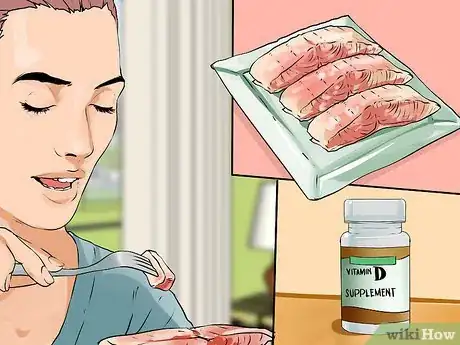

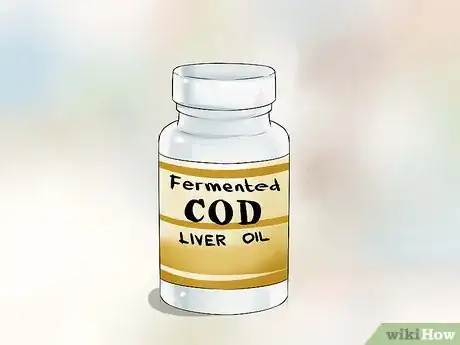
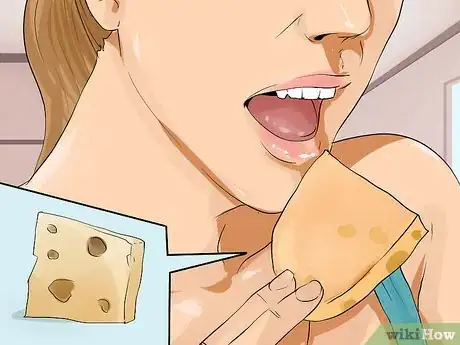
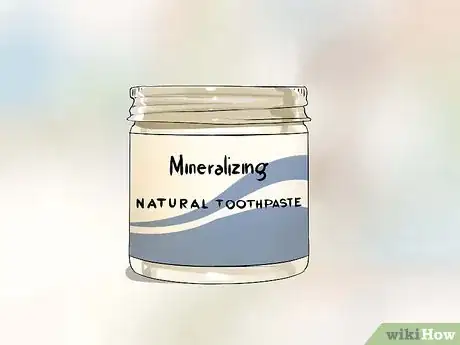
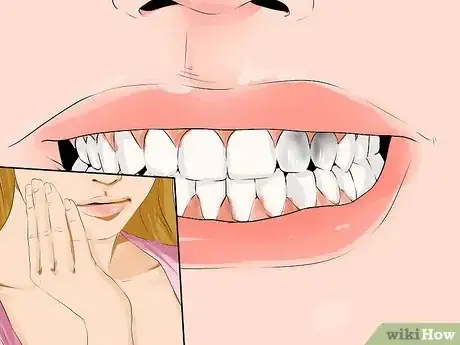
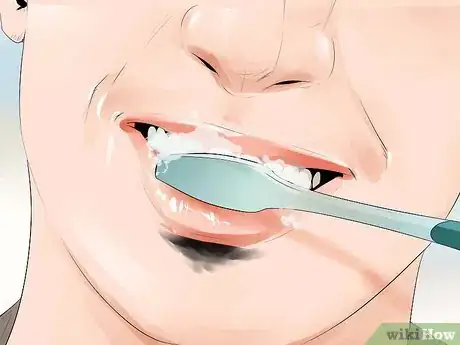


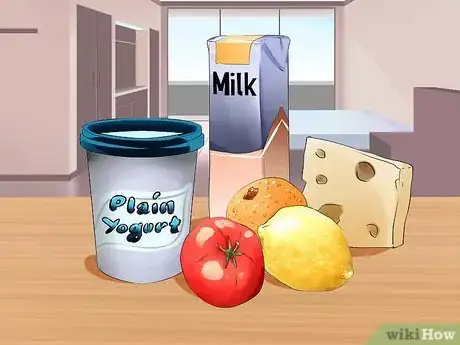
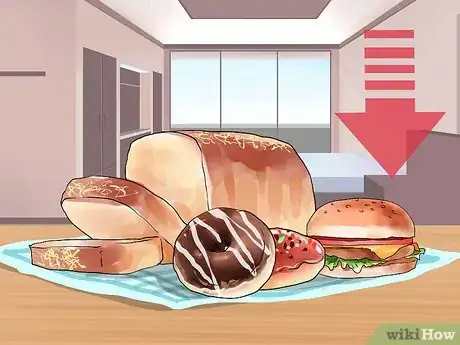
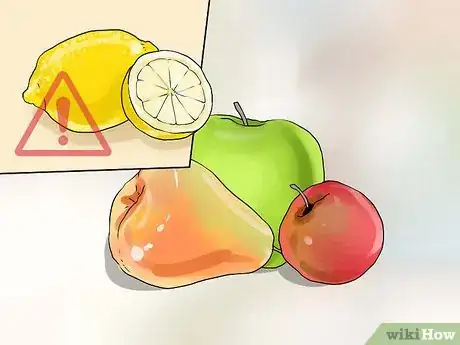

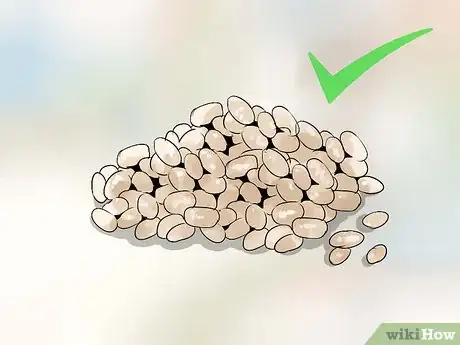
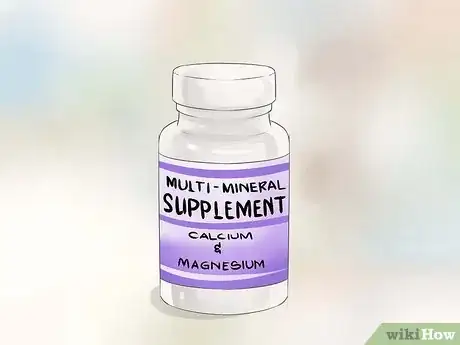
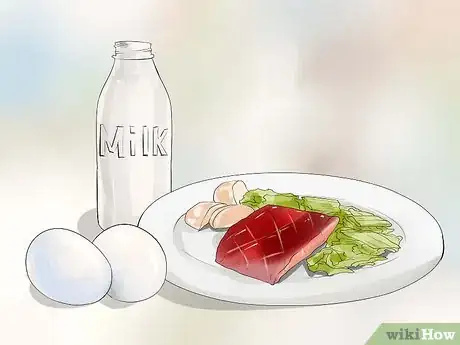
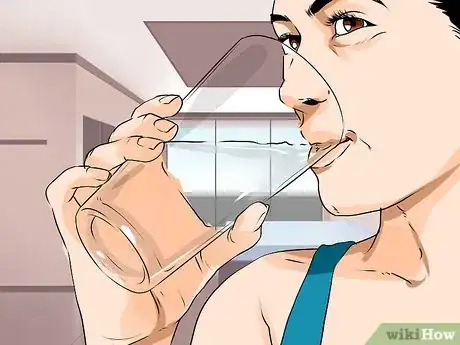
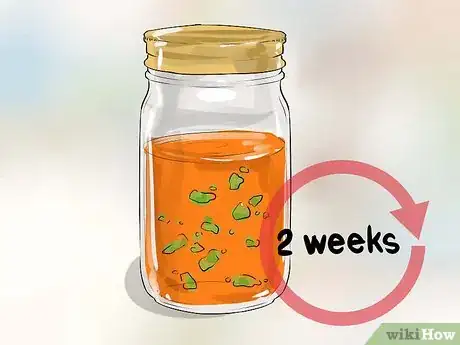

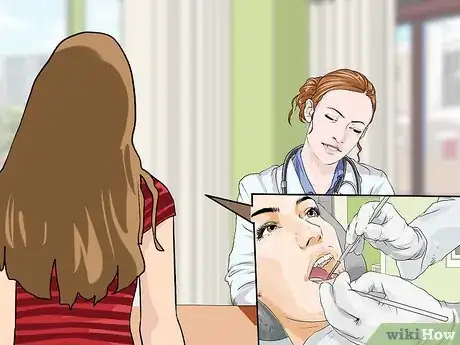
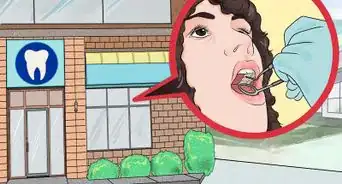
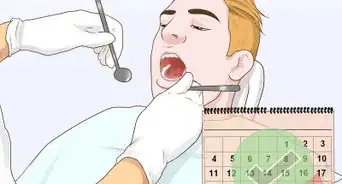

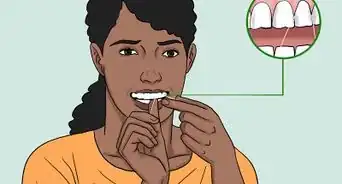
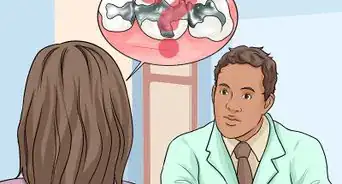




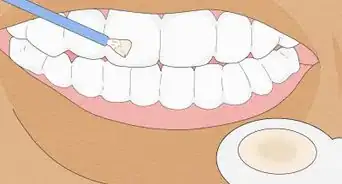
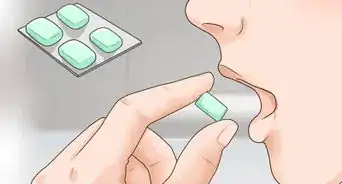
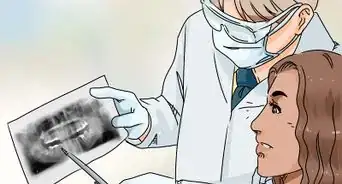

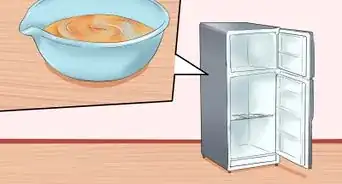








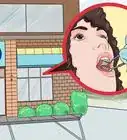
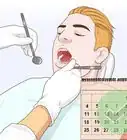

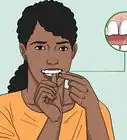



































Medical Disclaimer
The content of this article is not intended to be a substitute for professional medical advice, examination, diagnosis, or treatment. You should always contact your doctor or other qualified healthcare professional before starting, changing, or stopping any kind of health treatment.
Read More...